The 3D Visualization Market is currently characterized by a dynamic competitive landscape, driven by rapid technological advancements and increasing demand across various sectors, including gaming, architecture, and healthcare. Major players such as Autodesk (US), Unity Technologies (US), and NVIDIA (US) are strategically positioned to leverage their innovative capabilities and extensive product portfolios. Autodesk (US) focuses on enhancing its software solutions through continuous updates and user-centric features, while Unity Technologies (US) emphasizes real-time 3D content creation, catering to the gaming and entertainment industries. NVIDIA (US) is heavily investing in AI-driven graphics processing technologies, which positions it as a leader in high-performance visualization solutions. Collectively, these strategies foster a competitive environment that encourages innovation and responsiveness to market needs.
In terms of business tactics, companies are increasingly localizing their operations to better serve regional markets and optimize supply chains. The 3D Visualization Market appears moderately fragmented, with a mix of established players and emerging startups. This structure allows for diverse offerings and competitive pricing, although the influence of key players remains substantial. The collective actions of these companies shape market dynamics, as they strive to differentiate themselves through technological advancements and customer engagement.
In August 2025, Autodesk (US) announced a partnership with a leading cloud service provider to enhance its software's accessibility and performance. This strategic move is likely to expand Autodesk's reach in the cloud-based design market, enabling users to collaborate more effectively and access powerful tools remotely. Such partnerships are indicative of a broader trend towards cloud integration, which is becoming essential for modern 3D visualization solutions.
In September 2025, Unity Technologies (US) unveiled a new suite of tools aimed at improving the efficiency of real-time rendering for virtual reality applications. This development is significant as it positions Unity at the forefront of the VR market, catering to the growing demand for immersive experiences. By enhancing its product offerings, Unity is likely to attract a wider range of developers and content creators, further solidifying its market presence.
In October 2025, NVIDIA (US) launched a groundbreaking AI-driven rendering engine that promises to revolutionize the speed and quality of 3D visualizations. This innovation is expected to set new industry standards, as it allows for real-time rendering with unprecedented detail and realism. The introduction of such advanced technologies underscores NVIDIA's commitment to maintaining its competitive edge and responding to the evolving needs of its customers.
As of October 2025, the competitive trends in the 3D Visualization Market are increasingly defined by digitalization, sustainability, and the integration of artificial intelligence. Strategic alliances are becoming more prevalent, as companies recognize the value of collaboration in enhancing their technological capabilities and market reach. Looking ahead, it is anticipated that competitive differentiation will increasingly pivot from price-based strategies to a focus on innovation, advanced technology, and reliable supply chains, reflecting the evolving demands of the market.


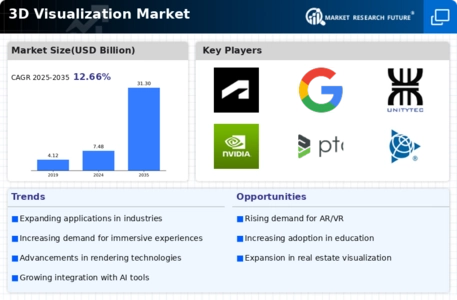
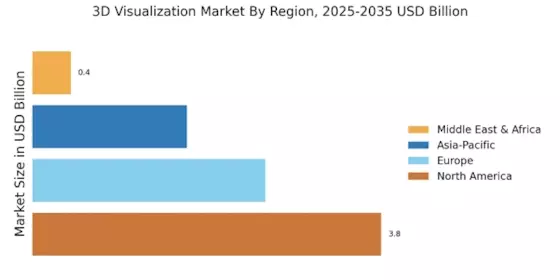
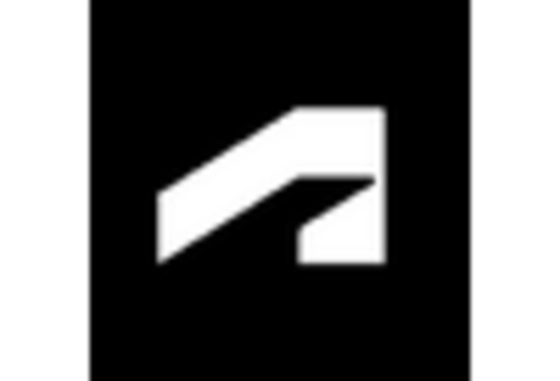
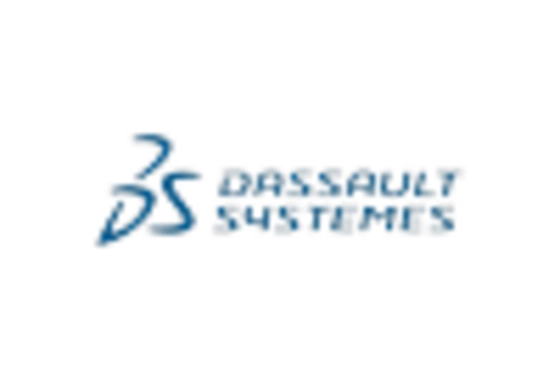



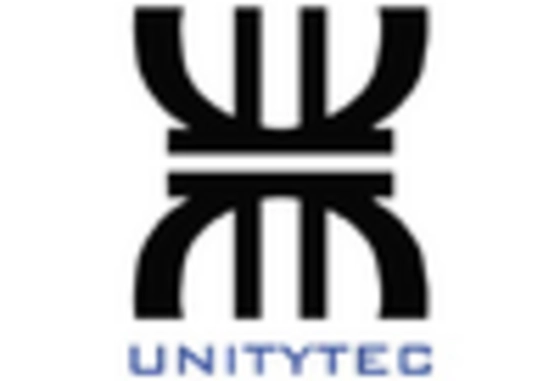








Leave a Comment